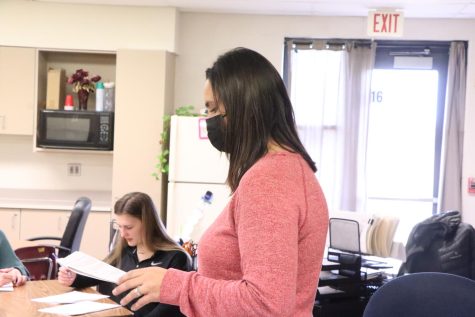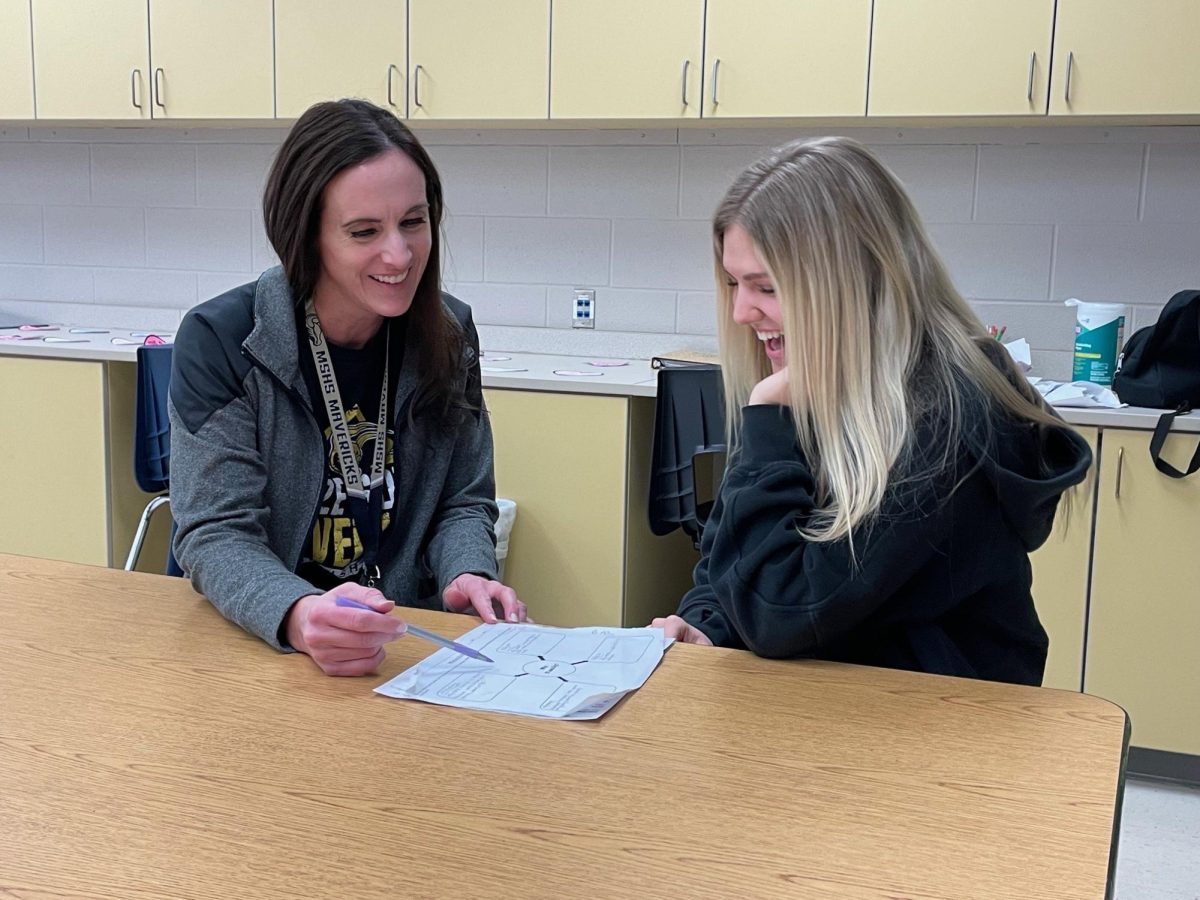Human growth and development teachers push through infertility
For Megan Sauer and Elizabeth Mans, creating a family has been a different journey than most.
Infertility can be a confusing time for families. It’s a stressful, depressing, and a difficult time trying to form a family when unable to.
January 28, 2022
Despite teaching students about the sciences of family, there was a time when Megan Sauer was worried about being unable to form her own.
Sauer is one of many teachers in the Maize district that has experienced infertility.
Sauer has been a teacher for nearly 15 years and teaches family sciences at Maize High School.“We talk about relationships, dating, marriage divorce, we talk about the human body. We do the reproductive system, birth control, and STDs,” Sauer said.” Then we get into parenting and do teenage parenthood and fatherhood, and then we get into pregnancy, labor, and delivery and we end with the new baby.”

Aside from being the family science teacher, Sauer has also worked hard to start a family of her own. She and her husband were unable to conceive a child on their own and have reached out to doctors to help them along.
“We did the IVF treatment (in vitro fertilization), and that’s where I took lots and lots and lots of drugs,” Sauer said. “Some by pills to increase my ovulation and then they surgically remove those eggs and then you come back later and they meet it with your partner or husband’s sperm. And then I had them implanted back into me.”
According to medlineplus.gov, in vitro fertilization is the joining of a woman’s egg and a male’s sperm in a lab dish. To accomplish this they give the female fertility drugs to boost egg production in the ovaries, then surgery is done to take the eggs out. After nearly a week the eggs are surgically removed and are ready to be paired with sperm to fertilize the eggs. After three to five days the eggs are finally returned to the woman’s womb.

“I think at that time we spent about $64,000 to make it happen,” Sauer said.” Physically, I had to do four shots every single day and my stomach. it was just very taxing on your body and on your emotions and on your finances.”
The financial and emotional costs of this type of treatment can be grand and arduous. Having a procedure done can also leave a lasting feeling of guilt and self-contempt for both sides of the relationship.
“I remember thinking how unfair it all was,” said Layton Sauer, husband of Megan Sauer.” You go to Walmart and see families with almost too many kids, and others being abused in the news. It just doesn’t seem right that some people can have kids and not even want them, but those of us that want them, couldn’t have them.”








